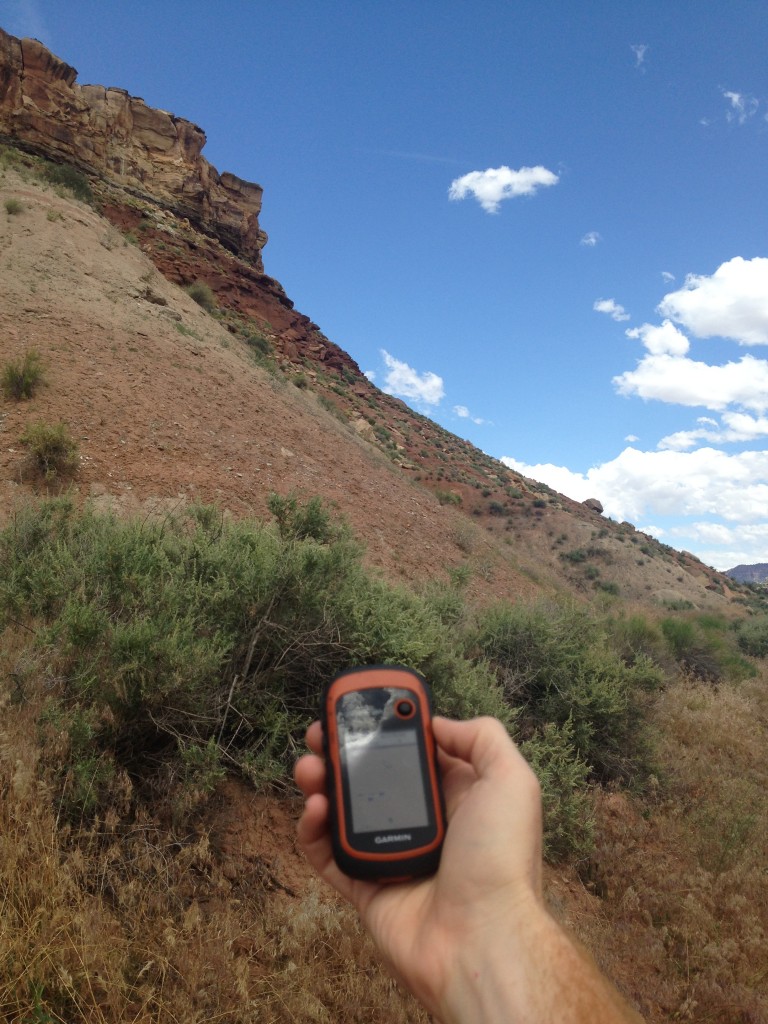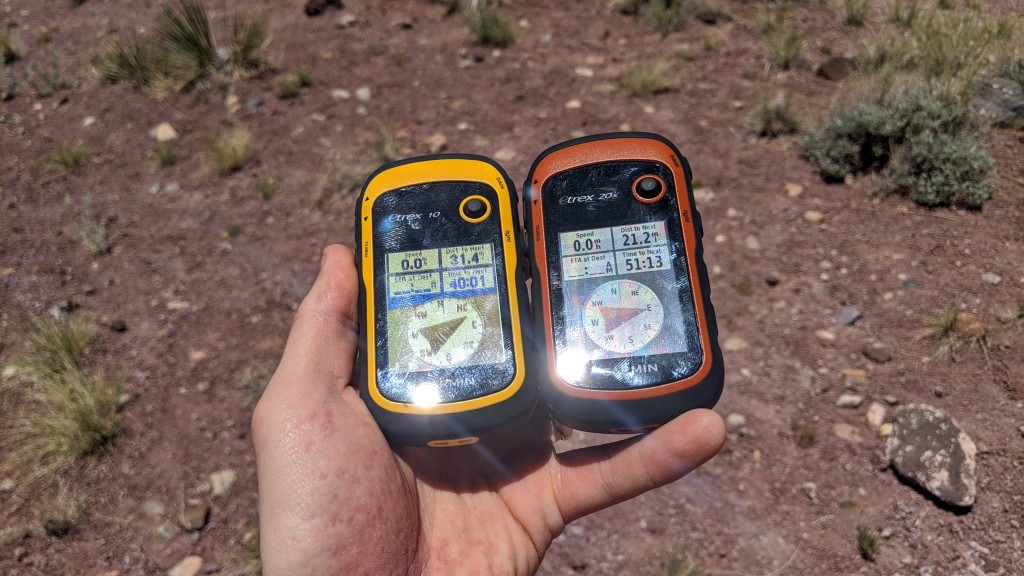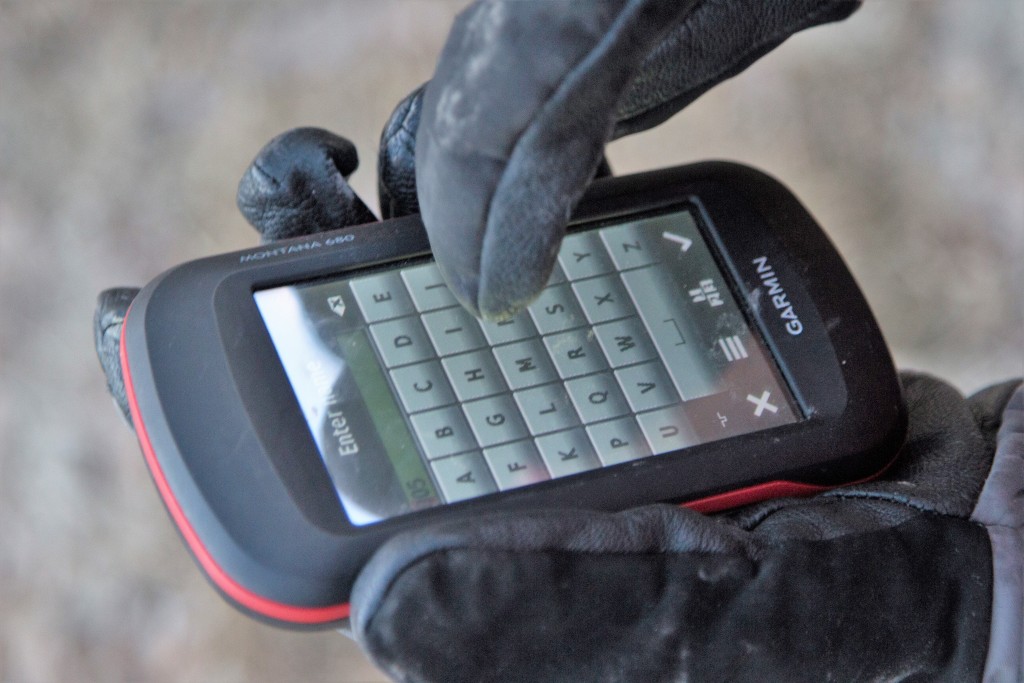In the testing of handheld GPS units, our testers have been rained on, snowed on, stuck in the mud, and sunburnt. We've taken them everywhere from ski touring in Alaska and Colorado to canyoneering in Utah and Arizona. We've tried to get lost in the dark, deep woods, and on rolling mesa tops, where every juniper looks the same. In doing so, we've come up with what we think are the best handheld GPS units out there. Here's how we did it.
Reception
Given that without reception a GPS unit is basically worthless, it became our first category to test and 20% of the overall score. We tested the reception the way we test most every qualitative measurement, by field testing. We took them on trips all over the place, and watched how easily, quickly, and accurately they got satellite reception. We also put them through the paces in challenging terrain, including heavy tree cover, slot canyons, and mountain valleys.
Ease of Use
There are plenty of things that make backcountry navigation difficult. Weather, darkness, and terrain already make figuring out a route complicated enough, so why make it harder with arcane and confusing controls on a GPS unit? In addition to the head testers field testing these units, we also handed them over to newbies to try and figure them out. The easier and more intuitive the functions of the device, the higher they scored in this category, which was also 20% of the overall score.
Display Quality
Like we said above, you need to be able to read the darn thing if it's going to be useful. Things like screen brightness adjustment, display design, screen size, and resolution all played a part in the Display Quality Score. This was tested in the field, both in direct sunlight, with and without sunglasses on, and at night. This was 20% of the score.
Speed
As using a map and compass for navigation can already be an onerous and slow task, we didn't want our GPS units to slow us down. The faster the unit could get satellite reception locked down, and change from one function to another, the better it scored in this category. We tested these units head to head in a number of different settings to see which was the fastest. Speed was 15% of the overall score.
Weight and Size
Because typically GPS units are carried in an accessible place, and everything on a backcountry trip must be moved by human power, we wanted these units to be svelte and light. Ideally, they were light enough to keep in a jacket or pants pocket without being annoying. In addition to the field testing, we weighed each unit on our own independent scale. The lighter and smaller the better, and this was 15% of the score.
Versatility
While all GPS units have one main function (to provide positional and timing data), increasingly they come with a wide variety of extra functions and features that augment use in different applications. Some things, like expedition battery modes and cameras, increase usefulness for prolonged backcountry use and scientific surveys. Other features, like touchscreens, detract from versatility by limiting battery life and use in cold environments, when gloves are a necessity. We took into account the width and breadth of uses of a given unit, and the versatility counted for 10% of the score.







